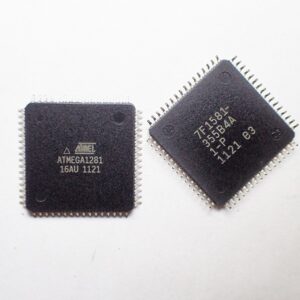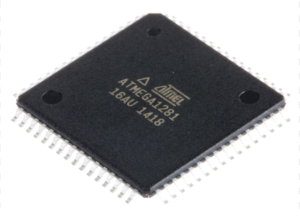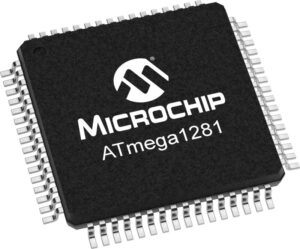Posts Tagged ‘descriptografar a memória flash do microcontrolador bloqueado ATmega1281’
 Locked Microcontroller ATmega1281 Flash Memory Breaking
Locked Microcontroller ATmega1281 Flash Memory Breaking
Locked Microcontroller ATmega1281 Flash Memory Breaking is a process to unlock microprocessor atmega1281 flash fuse bit and release software program from its memory and then copy firmware heximal to new mcu atmega1281 avr chip;

Locked Microcontroller ATmega1281 Flash Memory Breaking is a process to unlock microprocessor atmega1281 flash fuse bit and release software program from its memory and then copy firmware heximal to new mcu atmega1281 avr chip;
This section discusses the AVR core architecture in general. The main function of the CPU core is to ensure cor- rect program execution. The CPU must therefore be able to access memories, perform calculations, control peripherals, and handle interrupts.
In order to maximize performance and parallelism, the AVR uses a Harvard architecture – with separate memories and buses for program and data. Instructions in the program memory are executed with a single level pipelining by reverse engineering microcontroller atmega1281 program. While one instruction is being executed, the next instruction is pre-fetched from the program memory. This concept enables instructions to be executed in every clock cycle. The program memory is In-System Reprogrammable Flash memory.
The fast-access Register File contains 32 × 8-bit general purpose working registers with a single clock cycle access time. This allows single-cycle Arithmetic Logic Unit (ALU) operation. In a typical ALU operation, two operands are output from the Register File, the operation is executed, and the result is stored back in the Register File– in one clock cycle by reverse engineering atmega1281 mcu firmware.

Desbloquee los datos del programa del controlador Microchip ATMEGA1280V y lea la memoria flash mcu atmega1280v heximal, el contenido flash original del microcontrolador avr atmega1280v se decodificará
Six of the 32 registers can be used as three 16-bit indirect address register pointers for Data Space addressing – enabling efficient address calculations. One of the these address pointers can also be used as an address pointer for look up tables in Flash program memory. These added function registers are the 16-bit X-, Y-, and Z-register, described later in this section.
